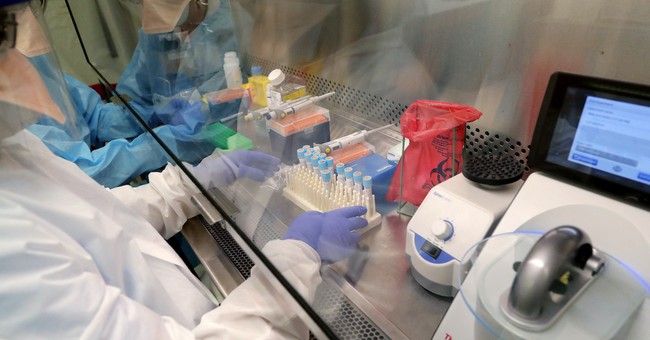
Cindy Morris, left, and Swarnamala Ratnayaka prepare RNA for testing for the new coronavirus at the molecular pathology lab at Tulane University School of Medicine in New Orleans, Thursday, April 2, 2020. The test is identical to the PCR test being used by the Centers for Disease Control to ease the testing crisis and stop the spread of COVID-19, which has hit the New Orleans area especially hard. (AP Photo/Gerald Herbert)
One of the more irritating things about the coverage and people’s reactions to the COVID-19 outbreak has been the deepening of our collective trenches and the refusal of either side to admit the other isn’t doing what they are doing out of sheer malice.
One side believes that those who worry about the economy are essentially saying “Let the old people die so we can go back to work,” while the other side believes those who want the country to go into a nationwide shelter in place want to destroy the economy entirely. Nothing, near as I can tell from talking to people on either side, could be further from the truth (in most cases, as you do have the insane extremists on either side who actually don’t represent a majority opinion).
The truth of the situation is somewhere in the middle, and we have to recognize that we aren’t aiming for the worst possible outcome in this. Everyone has the right heart in the matter, but where we differ is in our focus.
But because certain people on a certain side of the aisle believe something, that makes it inherently wrong, we think. That’s why, when the forecasts by the models are revised and things start looking better, we automatically assume the worst of intentions. One side believes that the Trump administration is clearly hiding the numbers to make themselves look better, while the other side believes the models are just wrong and we shouldn’t be listening to them.
Both sides could not be more wrong, but you’ll never actually convince them of that.
The revised numbers from yesterday morning set people on both sides off, but being someone who is center-right, most of what I hear is about how the numbers were wrong all along and why the hell do we keep listening to these people?
Overall US:
-# of deaths projected decreased from 93,531 to 81,766
-Projected total bed shortage went from 87,674 to 36,654
-Peak dates(April 15 for resource needed peak, 16th for peak daily death toll) unchanged
-Under 200 deaths a day: Moved from June 3 to May 18— Alicia Smith (@Alicia_Smith19) April 6, 2020
Why such drastic revisions, especially when, last week, the numbers were dire enough that both Georgia and Florida, whose governors had long been resistant to shutting down the states, suddenly reversed course and did so?
Well, as it turns out, it’s because Florida and Georgia made those changes that it happened.
Remember when, a couple of weeks ago, the numbers were revised from a couple million to a could hundred thousand? All this talk about flattening the curve, but when the numbers show it’s finally happening, people start losing their minds. The truth of the matter is that the IHME models, used by the U.S. government and the state governments, are using real-time data to make adjustments. The models aren’t certainties, but they are predictions of what would happen if everything stayed stagnant.
Anyone who has used modeling for any reason — for statistical research, for business planning, etc. — knows that these models don’t exist in a vacuum. They take new information in and change. So, when multiple states join in the shelter-in-place trend, the models adjust accordingly. Because so many people are not going out and about like they used to, there is no reason to expect that the current numbers will be out there, spreading the virus.
The habits of millions of Americans have changed due to state orders, so, naturally, you have to adjust to account for this new data. When the original models predicted deaths in the millions, there was no great collective of states telling their citizens to stay at home and shutting down non-essential businesses. We were largely going about our lives, and the models were taking that into account. As more states order a shelter in place, many more millions of Americans were essentially put out of harm’s way.
This isn’t some grand conspiracy meant to keep Americans at home, but it’s a sign that keeping Americans at home is the right thing to do for the moment. How we keep Americans at home and for how long is another matter entirely — and one we must learn to balance with the overall safety of the population.
The models are being adjusted as we go. This column was written before today’s numbers come out, but they will have received more data overnight to make adjustments again. The numbers are constantly being revised. Lower numbers mean we’re winning.
That should be what’s important to people right now. That hope.
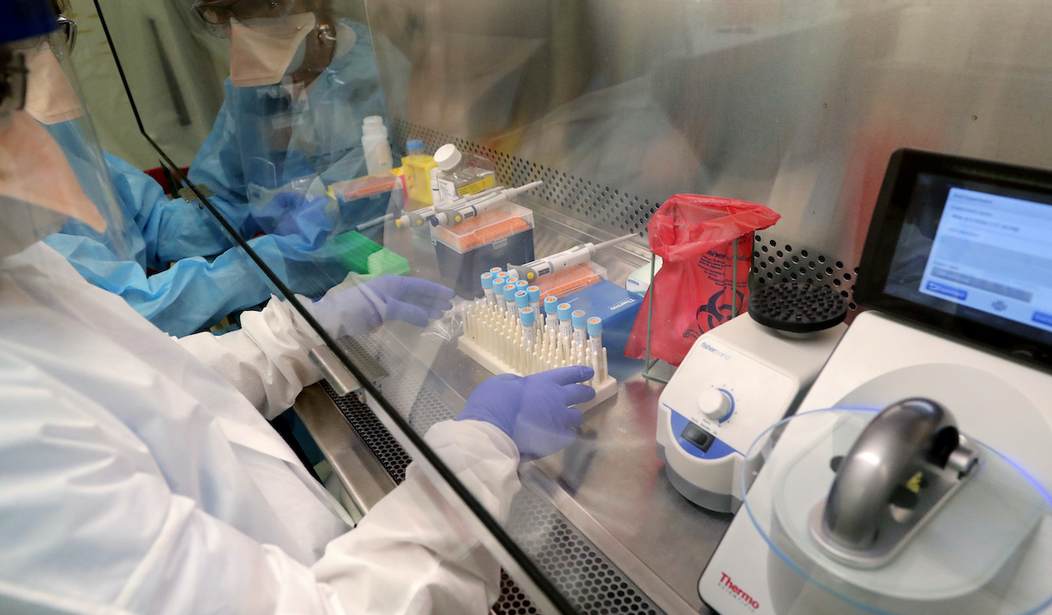



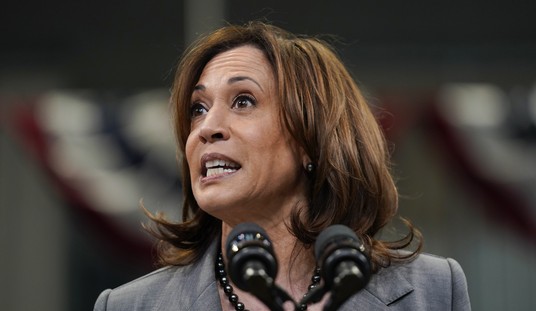

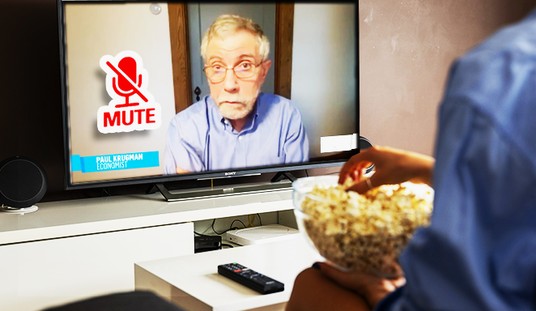


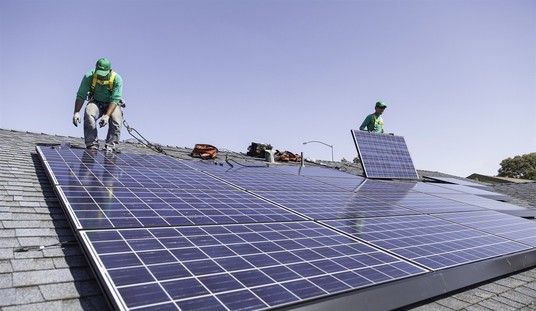


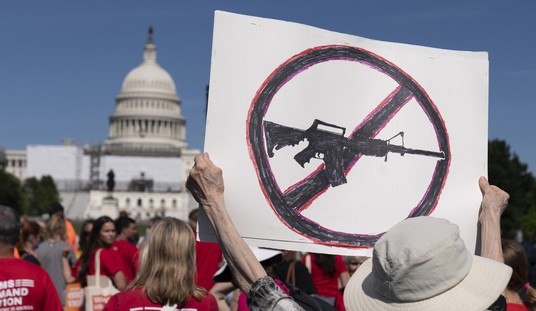
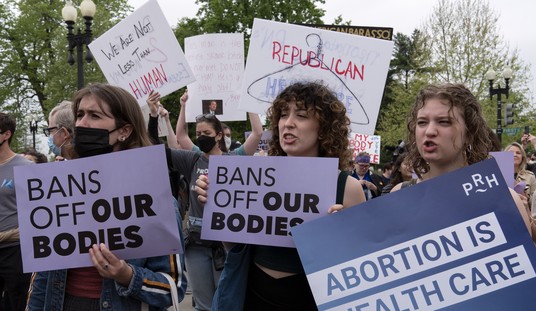
Join the conversation as a VIP Member